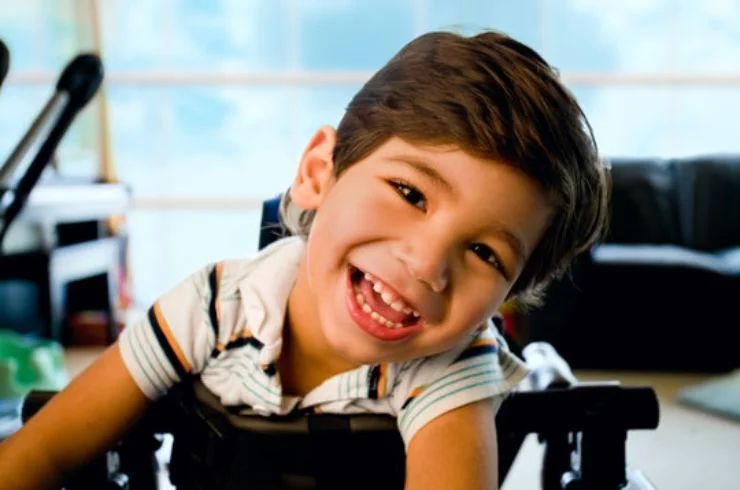
Cerebral Palsy (CP) is a group of neurological disorders that affect movement, muscle tone, and coordination, typically caused by brain damage before or during birth. While the condition is lifelong, the impact on a child’s development can vary widely, and early intervention plays a key role in improving quality of life and function. At Dr. Jyotsna’s Physiotherapy Clinic, we specialize in providing physiotherapy for children and adults with cerebral palsy, helping them achieve their full potential and live a more independent, active life.
What is Cerebral Palsy?
Cerebral palsy refers to a group of conditions that affect muscle movement and coordination. It is caused by damage to the brain’s motor control centers, which may occur during fetal development, during birth, or in the early years of life. CP can affect a person’s ability to move, balance, and maintain posture, and can vary from mild to severe.
Types of Cerebral Palsy
There are several types of cerebral palsy, each affecting different areas of movement:
How Physiotherapy Helps in Cerebral Palsy
Physiotherapy is a cornerstone of treatment for children and adults with cerebral palsy. By focusing on improving motor skills, strength, and mobility, physiotherapy helps maximize the potential for movement and independence.
Physiotherapy Treatment Techniques:
Goals of Physiotherapy for Cerebral Palsy The primary goals of physiotherapy in treating cerebral palsy are:
Benefits of Physiotherapy in Cerebral Palsy
We provide expert physiotherapy care focused on pain relief, mobility restoration, and holistic recovery through personalized treatments, advanced techniques, and compassionate support for long-term health and improved quality of life.